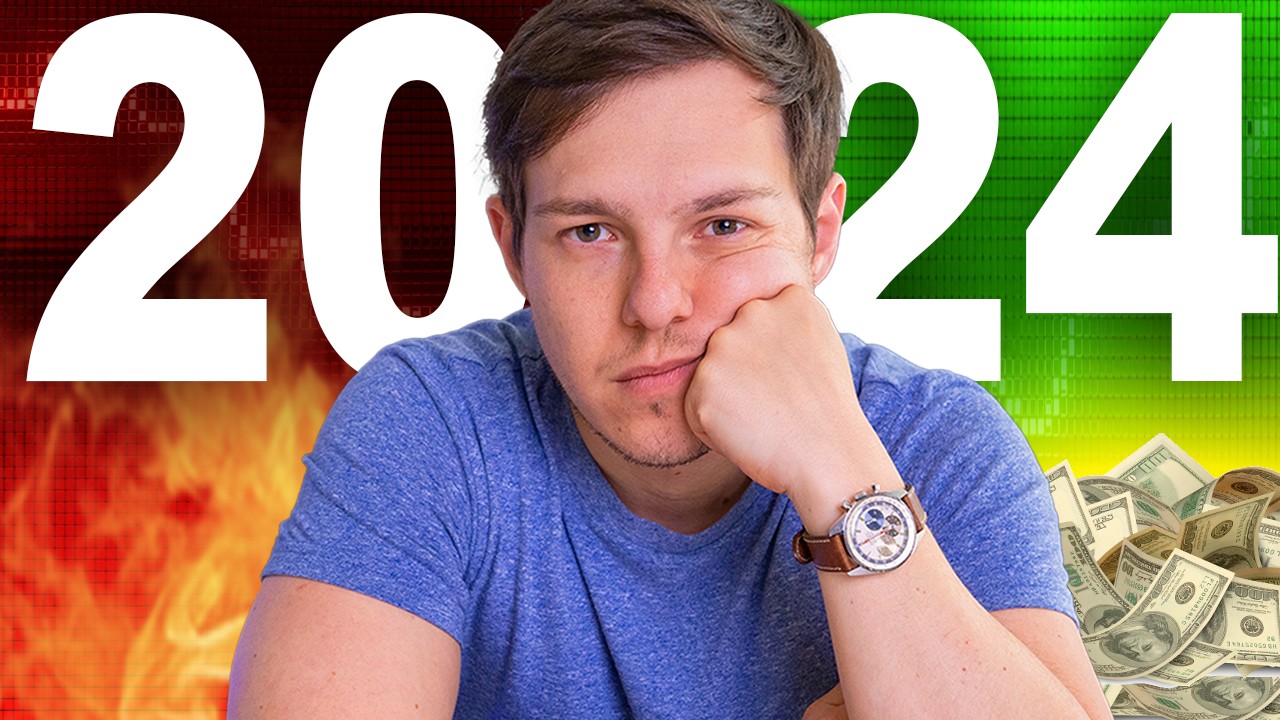Here is my response to @VALUETAINMENT Reverse Stock sector Crash and what this means for investing in 2024 – Enjoy! GET MY WEEKLY electronic mail sector RECAP NEWSLETTER HERE: http://grahamstephan.com/newsletter | Add me on Instagram: GPStephan
PROMOTIONAL OFFER: Get FREE equities when you sign up and make a deposit using my paid affiliate link for WeBull: https://a.webull.com/i/GrahamStephan
LEARN MORE ABOUT MY FAVORITE loan CARDS:
https://cardonomics.com/i/graham
The YouTube Creator Academy:
Learn EXACTLY how to get your first 1000 subscribers on YouTube, rank videos on the front page of searches, grow your following, and turn that into another earnings source: https://the-real-estate-agent-academy.teachable.com/p/the-youtube-creator-academy/?product_id=1010756&coupon_code=100OFF – $100 OFF WITH CODE 100OFF
THE REVERSE sector CRASH:
This occurs when prices suddenly balloon upwards, allowing a select few to build a substantial amount of wealth while everyone else gets left behind. According to Valuetianment, this is all part of a vicious cycle where the rich get richer while the poor get poorer.
PAST EXAMPLES:
In 1914, 4 German marks equaled $1 US dollar. However, after Germany lost W W 1, their economy was in shambles. This meant that they had to print so much money, that instead of it taking 4 marks to buy $1 US dollar – it required 1 trillion marks to buy $1 US dollar.
Zimbabwe Currency:
Their economy was extremely mismanaged. In addition to that, the government also printed vast sums of money to financial operations and ramp up production – as a result, this led to a complete loss in confidence in Zimbabwe currency, and caused asset values to skyrocket.
Argentina Currency:
Since 1980, it was said the AVERAGE inflation comes out to 206% per year. They’ve defaulted on their national debt almost a dozen times. They’ve printed so much money that, “in the last 10 years, the Argentine peso has lost 99 percent of its value against the dollar.”
Turkey Currency: Record-high inflation has correlated with record-high stock prices. In Iran, inflation reached a high of more than 50% with even higher stock prices – even Venezuela saw the same trajectory, as high inflation correlated with a reverse stock sector crash upwards.
In terms of how this relates to the overall context of a “Reverse sector Crash” in the United States – Patrick made the point that every other economic catastrophe was also induced by temporary “negative’ finance charge rates – and, just like those other countries, we’ve also seen a dramatic run-up in the price of equities, with the SP500 increasing by 6.5x since 2009.
Also, in all of these scenarios, there’s an abundance of borrowing and money printing, the government steps in to regulate the markets and enact price control, and this followed by a loss in confidence in the economy.
As far as what’s happening here in the United States, it’s important to mention this:
For Germany, their sector increased 600% in 3 years – but, relative to the US dollar, their sector declined by over 80%, completely negating any earnings that were seemingly made on paper.
Zimbabwe is even more extreme: their index increased from 1000 to 553,000 – but, relative to US dollars, their sector has crashed by more than 90%. The same thing also applies to Argentina – which saw a huge stock sector spike – but, that actually equates to a 61% loss in purchasing power when converted to US dollars. In each of those cases, high stock values were NOT correlated with high or increasing purchasing power.
That’s why I don’t think it’s quite a fair comparison to infer that the United States could face a similar fate to countries that see 200% inflation year over year, while the stock sector sees a 10,000% reverse crash upwards. Systematically, there are so many fundamental differences to the point where, if that happens here – we have way bigger problems to deal with.
As far as what you can do, I think the really boring basic philosophies still hold true: Save more than you spend, invest in a diversified collection of investments long term, and focus on what you can control, like your overhead, job skills, employability, and whether or not follow my newsletter 🙂
My ENTIRE Camera and Recording Equipment:
https://www.amazon.com/shop/grahamstephan?listId=2TNWZ7RP1P1EB
For enterprise inquiries, you can reach me at grahamstephanbusiness@gmail.com
*Some of the links and other products that appear on this video are from companies which Graham Stephan will earn an affiliate commission or referral bonus. Graham Stephan is part of an affiliate network and receives compensation for sending traffic to partner sites. The content in this video is accurate as of the posting date. Some of the offers mentioned may no longer be available. This is not capital advice.
Disclaimer:
If you own the YouTube channel related to this video and do not want it to be featured here, you can contact us through our contact page. We will gladly remove it without questioning your reason
